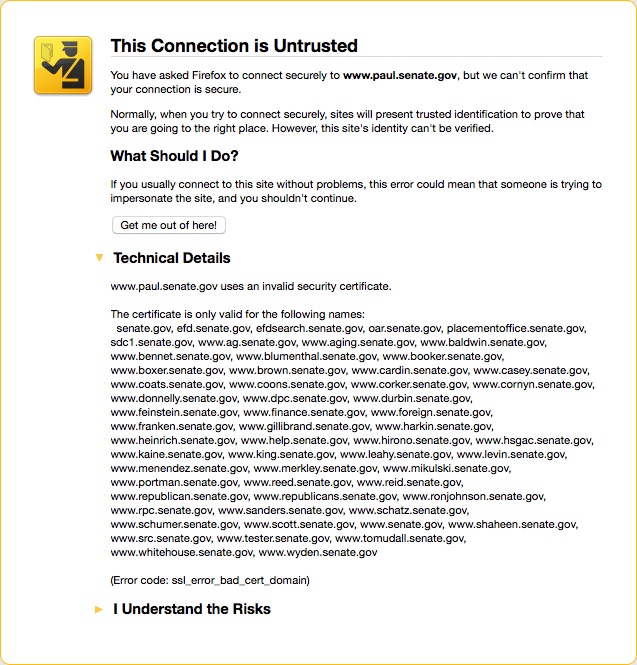Here’s a reminder, for those who need it, that Rand Paul is not a libertarian nor an advocate of liberty. After the shooting in Chattanooga the presidential wannabe took some time out of his busy schedule to urge for the reimplementation of a program that almost exclusively profiles Muslims entering the country:
Yet, Paul commented to Breitbart:
I’m going to have our subcommittee and maybe committee in Homeland Security look into whether or not we could reinstitute this NSEERS [National Security Entry Exit Registration System] program.
So what did this program do? It not only singled out Muslims entering the country for extra interrogation at the airport (which is stupid because if they pose a threat then why grant them a visa at all?), it required Muslim foreign boys and men over 16 years already in the country to personally appear before Uncle Sam’s functionaries and register. Explains the Migration Policy Institute:
Registration includes a meeting with an immigration official where the interviewees are fingerprinted (both digitally and with ink), photographed, and asked a series of questions under oath. In addition to the initial registration, foreign visitors must also appear at a U.S. immigration office within 10 days of the one-year anniversary date of initial registration. All of these foreign visitors are required to complete a departure check only at a designated departure port (of which there are approximately 100 nationwide) on the same day that they intend to leave the country. Willful refusal to register is a criminal violation; overstaying a visa is a civil violation.
Expecting terrorists to voluntarily stroll to an immigration office to be fingerprinted and IDed is absurd, of course. So the entirely predictable upshot of the program was that although it managed to obtain not a single terrorism-related conviction, it did ruin plenty of lives of peaceful Muslims caught in its dragnet. Consider the case of Abdulameer Yousef Habeeb, a refugee from Iraq. As per the ACLU:
he was lawfully admitted to the United States after suffering imprisonment and torture by Saddam Hussein’s regime. Habeeb was on a train from Seattle to Washington, D.C., to start a new life when Border Patrol agents singled him out for questioning without any individualized suspicion. As a refugee, Habeeb was not required to register with NSEERS, but when he showed the border agents his refugee documentation, the agents insisted—incorrectly—that he was in violation of NSEERS’ registration requirements. Detained for a week, Habeeb lost his job. Habeeb was terrified of being returned to Iraq, yet the government stubbornly continued deportation proceedings for six weeks. Ultimately, after the ACLU filed suit, Habeeb won an apology from the government stating: “[T]he United States of America acknowledges that, by not registering under NSEERS, you did nothing wrong [and] regrets the mistake.”
Paul maintains that immigration is not a right; it’s a privilege. But the Constitution guarantees immigrants in the country the same due process and other basic rights as citizens because it understands that a Leviathan that is authorized to abuse the rights of one set of people is not likely to respect those of others for very long.
I checked the link that explains what NSEERS is and it clearly noted that, “Except for North Korea, nearly all of the countries designated in Special Registration are predominantly Arab and Muslim.” In other words this program places special restrictions on people from specific countries that grants Border Patrol agents the right to harass them without cause. Even somebody who advocates for controlled immigration should acknowledge that placing additional restrictions on specific people is not an acceptable way of handling immigration. It’s necessarily collectivist in nature, which should be the first clue that it’s a bad program, since it focuses on where a person is from and not the person themselves.
Unlike his father, who was a true advocate for liberty, Rand Paul isn’t even pretending to be an advocate for liberty anymore. He just wants to be president and will say anything that he thinks will gain him the nomination. If he gets elected there is absolutely no reason to believe he won’t continue this trend of kowtowing to neocons as he will likely want a second term.

